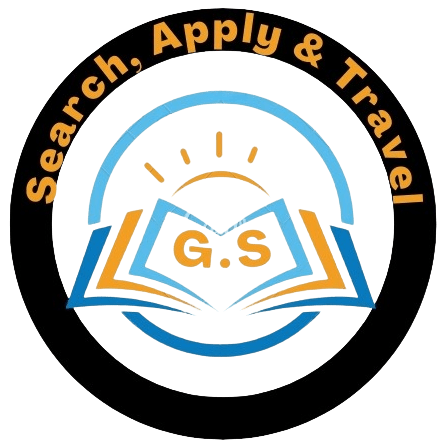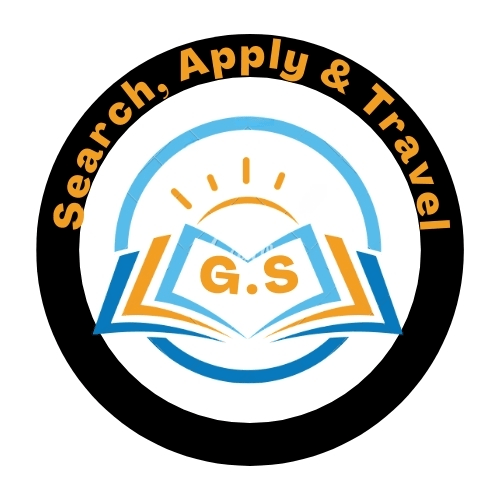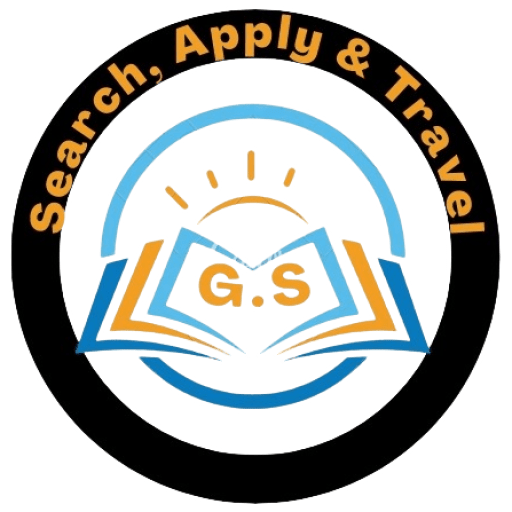Choosing a career is one of the most pivotal decisions in a student’s life—one that can shape their future identity, economic stability, and overall life satisfaction. Yet, many students approach this decision without proper support or clear direction. Career guidance isn’t merely an optional service—it’s a necessary foundation for building a successful and fulfilling future.
In this comprehensive guide, we’ll explore how parents, educators, and career counsellors can help students identify their strengths, understand evolving job market trends, and make informed decisions about their career paths. With practical strategies, proven tools, and insightful examples, this guide empowers students to navigate their journey confidently.
Summary of the Post
- The importance of early career guidance
- Steps of the career planning process
- How to conduct effective self-assessment
- Tools like career personality tests and job market research
- Career options after high school (post-12th)
- Emerging career fields and future-ready jobs
- Practical case examples and guidance tips
- A conclusive action plan for students, parents, and mentors
Why Career Guidance Matters More Than Ever
In today’s fast-paced, technology-driven world, the traditional linear career path has become obsolete. Jobs that existed a decade ago are evolving—or disappearing—while entirely new industries are emerging. Career guidance helps students:
- Avoid costly educational mistakes
- Discover their core interests and natural talents
- Align education with marketable skills
- Stay motivated and purpose-driven through their academic journey
- Adapt to changes in the labor market and future-proof their career
Did You Know? According to the OECD, students who receive structured career guidance are more likely to complete tertiary education and gain stable employment within six months of graduation.
The Career Planning Process: 5 Key Stages
Effective career guidance is rooted in a structured planning process. This framework helps students break down the overwhelming task of career decision-making into manageable steps.
1. Self-Assessment
Encourage students to explore their:
- Interests – What topics excite them?
- Values – Do they prioritize financial security, creativity, helping others?
- Skills – What natural and learned abilities do they excel in?
- Personality – Are they analytical, outgoing, methodical, or imaginative?
Tools for Self-Assessment:
- Holland Code (RIASEC) – Classifies students into Realistic, Investigative, Artistic, Social, Enterprising, or Conventional personality types.
- 16Personalities Test – Based on the Myers-Briggs model, helps match personality types with work environments.
2. Career Exploration
Once students understand themselves, they can begin exploring careers aligned with their profile.
Activities for Career Exploration:
- Attending career fairs and webinars
- Shadowing professionals in their fields of interest
- Interviewing alumni or mentors
- Using tools like Occupational Outlook Handbook or ONET Online* to research job details
Example: A student interested in writing and digital storytelling could explore careers in content creation, journalism, publishing, or marketing communications.
3. Goal Setting and Decision-Making
Help students evaluate multiple options and weigh their pros and cons using decision-making frameworks.
Considerations Include:
- Education or certification requirements
- Work-life balance
- Salary expectations
- Job location and travel
- Growth potential in the industry
4. Action Plan Development
An action plan translates goals into steps. It should include:
- Target programs or courses
- Required tests (e.g., SAT, IELTS, entrance exams)
- Scholarship applications
- Resume building and internships
5. Implementation and Follow-Up
Career paths aren’t static. Students should regularly reassess their goals and update their plans based on new experiences and insights.
Career Personality Assessments: Matching Careers with Traits
These tools are critical in matching a student’s inner nature with career paths that suit their working style and preferences.
Examples of Career Personality Profiles:
- Investigative (Thinkers): Prefer research and analysis—ideal for careers in science, data analytics, and academia.
- Artistic (Creators): Thrive in unstructured environments—ideal for roles in design, media, and the arts.
- Social (Helpers): Excel at empathy and communication—great for careers in healthcare, counseling, or education.
- Enterprising (Persuaders): Natural leaders and entrepreneurs—suited for business, law, and politics.
By matching careers with personality types, students are more likely to enjoy their work and sustain long-term success.
Popular Career Options After High School
Right after 12th grade, students face a crucial crossroad. Here’s a breakdown of pathways by stream:
Science Stream:
- Engineering (B.Tech) – Civil, Mechanical, Computer Science
- Medical Sciences (MBBS, BDS) – For students passionate about life sciences
- Pure Sciences (B.Sc) – Physics, Chemistry, Biology for research careers
- Data Science & AI – Fast-emerging fields with high demand
Commerce Stream:
- Bachelor of Commerce (B.Com)
- Chartered Accountancy (CA)
- Bachelor of Business Administration (BBA)
- Finance, Economics, and FinTech
Arts & Humanities:
- Bachelor of Arts (BA) – Psychology, Political Science, Literature
- Law (LLB) – Popular among students with strong communication and reasoning skills
- Mass Communication & Journalism
Vocational & Technical Courses:
- Hospitality Management
- Fashion Designing
- Animation and Game Design
- Web Development & Digital Marketing
Best Careers for the Future (2025 and Beyond)
To help students make informed choices, career counselors must consider industry trends. Below are top fields with rapid growth potential:
| Career | Why It’s in Demand |
|---|---|
| Data Science & Machine Learning | Businesses rely on data to make informed decisions |
| Healthcare & Geriatric Care | Growing aging population and healthcare innovations |
| Green Energy Engineers | Sustainability is a global priority |
| AI & Robotics Specialists | Automation is reshaping every industry |
| Cybersecurity Experts | Digital threats are escalating |
| Remote Learning & EdTech Developers | Education is becoming increasingly digital |
| UX/UI Designers | User-centric design is essential for tech success |
| Digital Therapists & Wellness Coaches | Mental health is gaining attention |
Real-World Example: A student who enjoys problem-solving and math could pursue data science, taking online certifications during school and interning with tech startups.
Future Jobs in Demand: Emerging Trends
1. Sustainability & ESG Roles
- Environmental consultants
- Climate risk analysts
- Urban farming technologists
2. Human-AI Collaboration Specialists
- AI ethics officers
- Machine learning trainers
- Augmented reality architects
3. Experience Designers
- Immersive entertainment developers
- Virtual event coordinators
- Metaverse strategists
4. Digital Healthcare Innovators
- Health informatics specialists
- Remote diagnostics developers
5. Freelance Economy Experts
- Platform strategists
- Creator economy consultants
Students should keep an eye on micro-credentials, online certifications, and lifelong learning models to stay competitive in these evolving fields.
Practical Career Guidance Tips for Parents, Teachers, and Counselors
For Parents:
- Encourage exploration and curiosity
- Avoid imposing personal aspirations on your child
- Support internships and real-world exposure
For Teachers:
- Integrate career-related discussions into classroom learning
- Invite industry professionals for guest lectures
- Help students connect academic subjects to real careers
For Career Counselors:
- Use structured tools for assessment
- Keep updated on job market trends
- Organize workshops and one-on-one sessions
- Promote alternative paths like entrepreneurship, freelancing, and vocational careers
Helping Students Build a Fulfilling Future
Career guidance is not a one-time event but an ongoing process of discovery, learning, and growth. By equipping students with the right tools—self-assessments, access to information, mentorship, and support networks—we enable them to choose paths aligned with both passion and practicality.
Whether you’re a student beginning to explore your options, a parent offering support, or an educator lighting the path, the role you play is invaluable. Help students embrace their individuality, think critically about their future, and remain adaptable in a changing world.
If you’re serious about guiding students toward the right career path, start today. Use this guide as your foundation:
- Share it with parents, teachers, and school counselors
- Encourage students to take a self-assessment and create an action plan
- Follow education blogs and job forecast sites to stay ahead of career trends
- Start conversations about careers early, and keep them going
For more in-depth guides and updated content on scholarships, job market trends, and student success, subscribe to our newsletter or explore the rest of our blog. Help shape the next generation of professionals—one student at a time.




